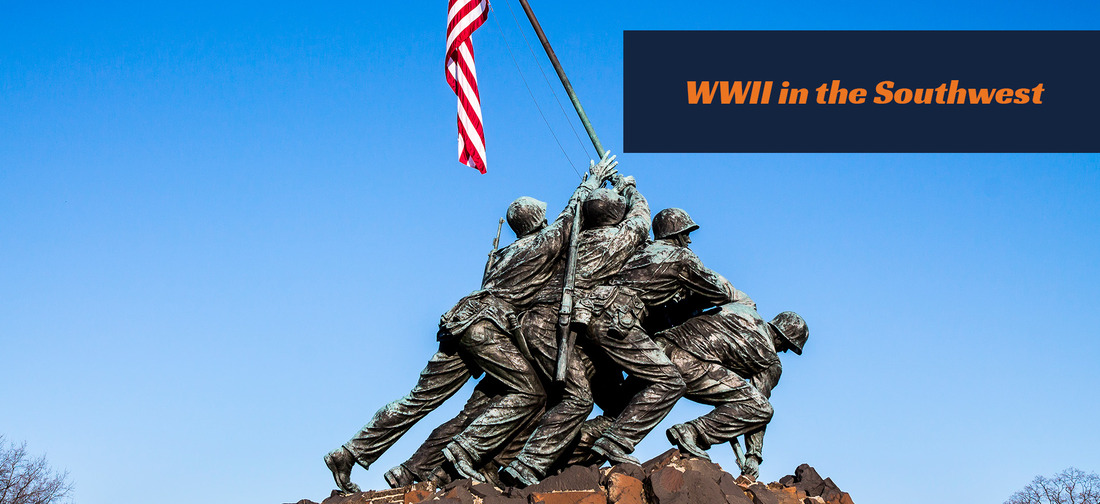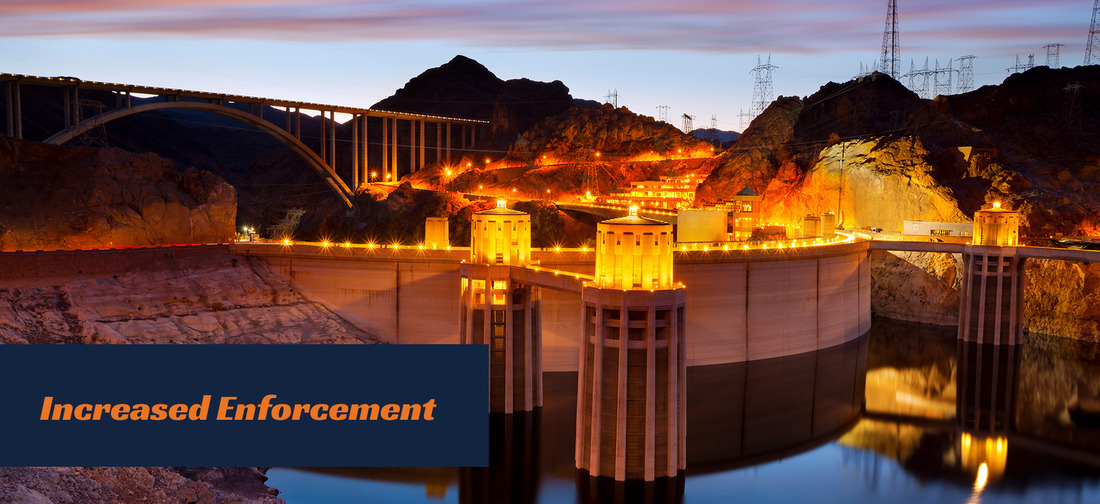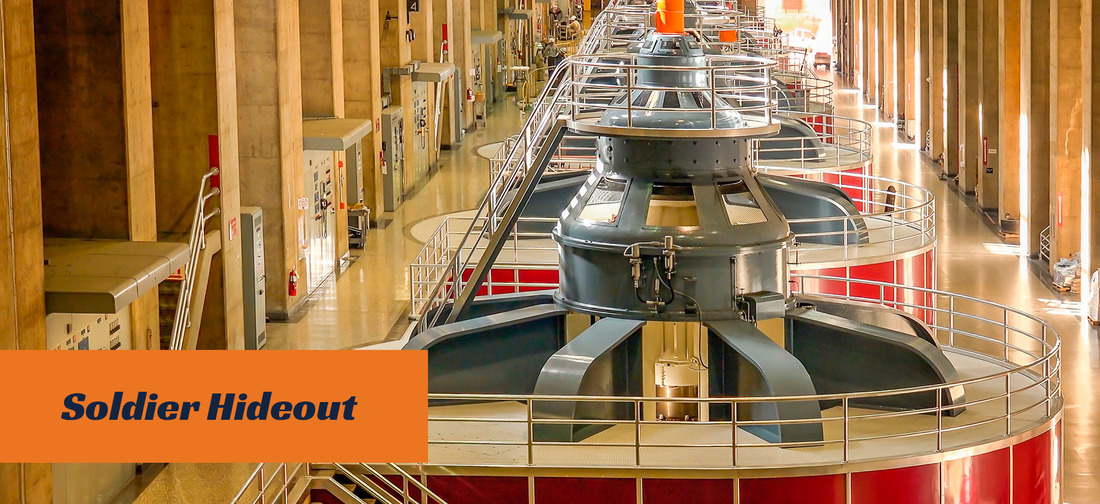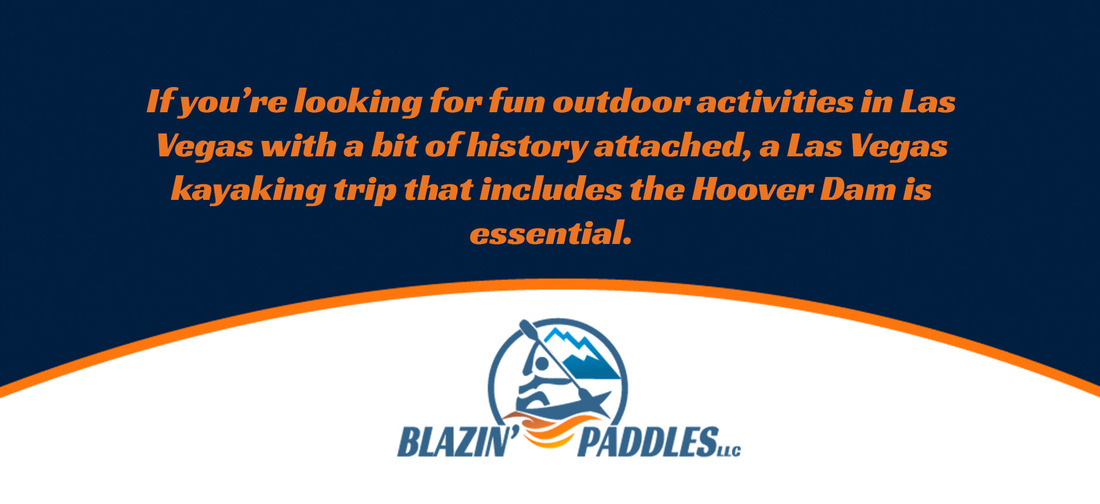Hoover Dam and WWII
The Hoover Dam and World War II (WWII) have deep roots in US history. The Hoover Dam is one of the most remarkable engineering feats even to this day, and WWII forever shaped the US and global history. Although it might not seem apparent, WWII and Hoover Dam have strong connections. The next time you embark on a Las Vegas kayaking outing with Blazin’ Paddles, be sure to ask about the interesting and intertwined history of the war and the dam.
WWII in the Southwest
WWII had far-reaching impacts on the entire country, including the Southwest. Arizona and Nevada had a crucial role in the war. Copper mining started earnestly in the region when WWII broke out, as the metal was needed for the nation’s war efforts. However, copper mining operations required water, and the Salt River Project was started to deliver water to the mining companies. The project resulted in the creation of the Horseshoe Dam on the Verde River. The Horseshoe Dam resulted in tremendous water storage capacities that benefited Nevada residents and companies. Along with producing a water supply, the partnership between Arizona and Nevada and the government’s reclamation efforts created a steady source of electric power, which the Hoover Dam supplied. The next time you are on a Las Vegas kayak expedition, take a minute to stop and think about all the notable history that has helped shape the Hoover Dam and the Southwest region to this day.

Protection for the Hoover Dam
The attack on Pearl Harbor, which occurred on December 7, 1941, was the country’s official entry into WWII. However, even before the country entered the war, the US government was concerned about the country’s top power-producing assets, including its power-generating dams. In November 1939, the US government received information from Mexico about a plot to bomb the Hoover Dam. The US State Department contacted then Reclamation Commissioner John Page to request that all navigation be suspended on Lake Mead and near the Hoover Dam. Although the government rushed to impose this restriction, it did not want the public or the press to find out about the imminent threat. Private boats were swiftly but quietly banned from Hoover Dam, including the Black Canyon, one of the most popular destinations for Las Vegas kayaking. Today, you can cruise to the Black Canyon peacefully down the Colorado River without knowing the tumultuous past the area has had. While private boaters were banned from Lake Mead, government employees were permitted to enter with special permission. Employees were forbidden from taking other people into the dam unless they received express permission in advance.
Increased Enforcement
In preparation for and anticipation of an attack, the law enforcement presence at the Hoover Dam increased. Floodlights were installed along the dam as an added security measure. Today, floodlights provide an excellent additional lighting source for boaters, and they are still a key security feature of the Hoover Dam. Simultaneously, the National Park Service (NPS) increased the number of people patrolling the dam on foot. Boats were prohibited from getting close to the intake towers of the Hoover Dam by a sturdy wire net that stretched across the entire lake’s width. The National Park Service and Bureau of Reclamation worked in tandem to ensure that the security measures were carried out discretely and had minimal impact on visitors. The Hoover Dam and Lake Mead remained open when the added security measures were implemented. The public largely ignored the new security measures until 1941, when the US government determined that threats to the country’s security were imminent and added additional safety and security protocols to the Hoover Dam accordingly.

Tighter Regulations for the Hoover Dam
In September 1941, the US government approved the “Regulations Governing the Protection of Structures.” The new regulations apply to all Bureau of Reclamation projects under construction or already operational. The Hoover Dam was categorized as a Class I structure, which meant it was ranked at the top of the list for infrastructure needing protection in the US. The Hoover Dam was consequently protected by all its most valuable features, which armed guards closely watched.
Hoover Dam and War Efforts
The Hoover Dam’s construction started in the 1930s. Even at that time, the dam was recognized as a large project and, therefore, one that would take a while to complete. The Hoover Dam was originally designed and built to supply power to people and businesses in the local Southwest region. However, when the war started, electricity demand surged across the country. The Hoover Dam started to play a key role in providing hydro-power in the US. When WWII started, the Axis Powers of Germany, Japan, and Italy all had higher power production than the US. Hydroelectricity was considered a top power source for the US and a source of energy that the Hoover Dam could produce. As soon as the demand increased for more electricity, the Hoover Dam stepped up to the challenge. The Hoover Dam quadrupled its energy output for the war efforts, and its power output increased by 25% just in the first year of the war.
Soldier Hideout
While the Hoover Dam and surrounding waterways are great for expeditions like an Emerald Cave kayak tour today, they were once a key hideout spot for soldiers during WWII. The Hoover Dam was home to one important guard post, called a pillbox, that resembled a bunker. The US military created hundreds of pillboxes during WWII in addition to the one located at the Hoover Dam. The dam’s pillbox was constructed out of concrete for durability and produced in a camouflage color scheme. Today, the guard post is still visible when you drive into the dam.

Boulder City
Along with the Hoover Dam, the adjacent Boulder City required some protection during WWII. Boulder City was originally built as a place to house the workers who were building the Hoover Dam. Boulder City has become essential to the dam’s construction by providing its key workforce with adequate living arrangements. Boulder City provided housing for the Hoover Dam workers until the dam opened. However, once the dam was operational, attention was turned to safety and security measures and its associated electrical powerhouse. The government ramped up efforts to help protect the dam against human-caused and natural disasters. Although Boulder City still stood, all recreational activities were diverted to Lake Mead. Today, visitors can still tour Boulder City to understand the workers’ lifestyle while building the dam.
Worker and Visitor Security
During wartime, the US government had a branch called the War Department tasked with securing the Hoover Dam. The War Department installed security screening measures for employees and the public to help ensure the dam’s safety.
If you’re looking for fun outdoor activities in Las Vegas with a bit of history attached, a Las Vegas kayaking trip that includes the Hoover Dam is essential. Contact Blazin’ Paddles for more details about kayaking tour options.

